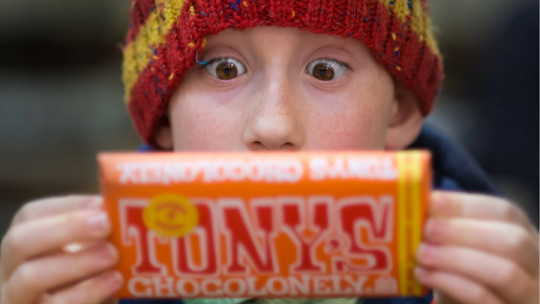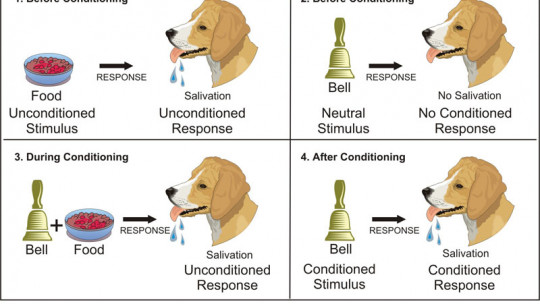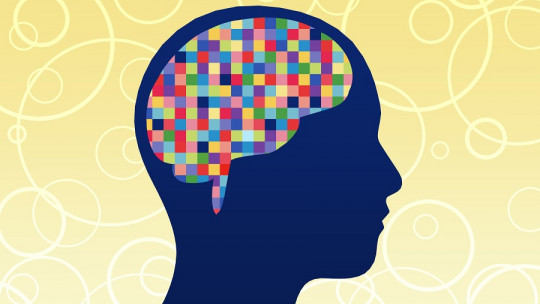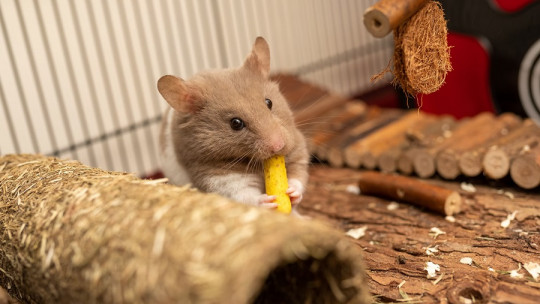
In 1972, Robert A. Rescorla and Allan R. Wagner proposed a very relevant theoretical model for the psychology of learning. This is the Rescorla-Wagner Model based on classical conditioning and the concept of surprise.
Here we will learn about the characteristics of this model and what it aims to explain.
Rescorla-Wagner model: characteristics
The Rescorla-Wagner Model was presented in 1969 at a series of lectures on classical conditioning in Canada. It is the most influential theory of classical conditioning, and the one that has generated the most research.
The authors initially They gave it the name Variations in the effectiveness of reinforcement and non-reinforcement but was later recognized as the Rescorla-Wagner Model (1972).
The model is based on classical or Pavlovian conditioning, beyond associative learning of contingent stimuli. The objective of the Rescorla-Wagner Model is predict and describe changes (trial by trial) in associative strength that unites one (or more) conditioned stimulus with the unconditioned stimulus.
The central idea of the model is the competition that occurs between various stimuli to associate with the unconditioned stimulus. In addition, it highlights other concepts that we will see below.
The associative force
In the model, conditioning is proposed as a variation in the associative strength that relates conditioned stimuli to unconditioned ones. The essential parameters are their respective intensities or their “salience” (central concept of the model).
This associative force is an intervening or intermediary variable, which integrates stimuli and responses. It is inferred mathematically through the measurement of the conditioned response.
On the other hand, the associative strength is limited (values from 0 to 100). Once an IS is no longer surprising because it is already predicted by a CS with 100% confidence (associative strength of 100), there is no longer a need to continue learning, not even to predict it with another CS.
Surpriseness of the unconditioned stimulus
Depending on the model, conditioning or learning will occur when the unconditioned stimulus (US) is unexpected (US surprise). That is, the animal learns about a CS when the US is unexpected.
In this way, if the US is surprising, the animal will focus on the conditioned stimuli that precede it, that is, it will learn to be able to better predict in the future that the US is approaching, based on the CSs. According to Rescorla and Wagner, this learning is a tremendously useful capacity for survival in animals.
Instead, If the EI is not unexpected (does not cause surprise), it will not be possible to continue learning.
If we relate surprise to the associative strength already mentioned, we know that the more surprising an EI that appears after the CS, the less associative force that CS has with that US (because if it surprises us, it is because we expected that the US would not appear). . In other words, the EI gives the associative force to the CS based on surprisingness.
How does learning occur?
Thus, as we have seen, classical conditioning occurs as a result of the quantitative variations in the associative strength between conditioned stimuli (CS) and unconditioned stimuli (US).
The variations depend on a positive or negative discrepancy between the associative strength that the organism has at a given moment and the true association that occurs in the environment between the CSs and the ISs.
These variations consist of changes that the greater they are, the greater conditioning or learning they will produce.
Later model: Mackintosh’s theory
The first theory that emerged as a competition from the Rescorla-Wagner model was Mackintosh’s theory of attention (1975). This theory does not assume that learning depends on the discrepancy in the associative strength between a conditioned stimulus with respect to a constant value of the unconditioned stimulus.
Instead, it proposes that the value of the conditioned stimulus is not constant for the organism but changes through experience.
Mackintosh’s theory states that Pre-exposure to a stimulus makes it difficult to condition later (the appearance of the conditioned response). That is, if the animals are exposed to a CS before conditioning with the US, they end up “interpreting” that this CS is irrelevant.
Mackintosh also suggested that animals try to obtain information in the environment that allows them to predict the occurrence of biologically relevant events (IE’s).








